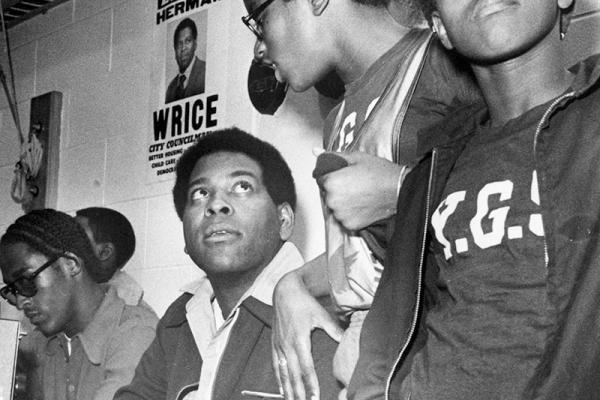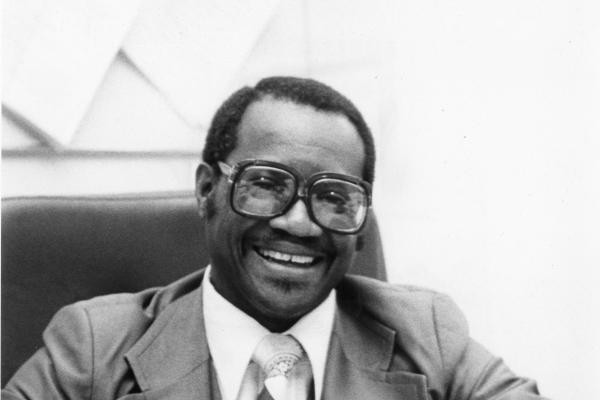Advanced Search
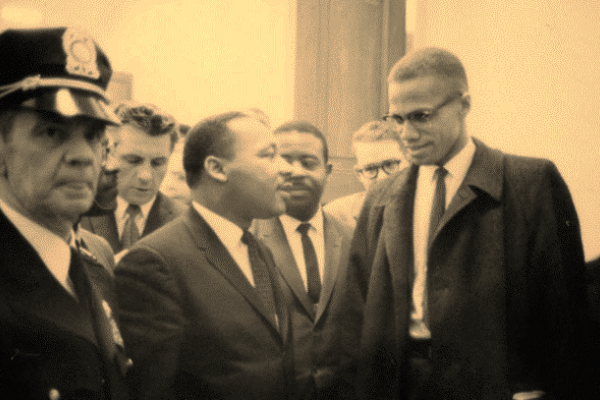
Dr. Martin Luther King Jr. and Malcolm X after King’s press conference at the U.S. Capitol concerning the Senate debate on the Civil Rights Act of 1964.
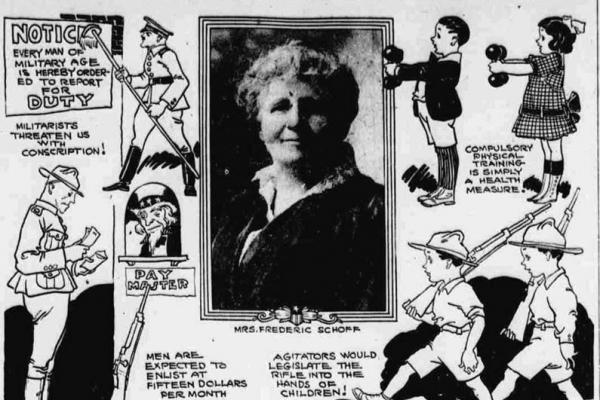
"In ringing tones of indignation, Mrs. Frederic [sic] Schoff...denounced the agitators who would legislate the rifle and the musket into the hands of the school children and left no doubt as to the scale into which she would throw her influence when the all-important subject of universal military training is brought up at the annual gathering of the [National Congress of Mothers] to be held in Washington this month."
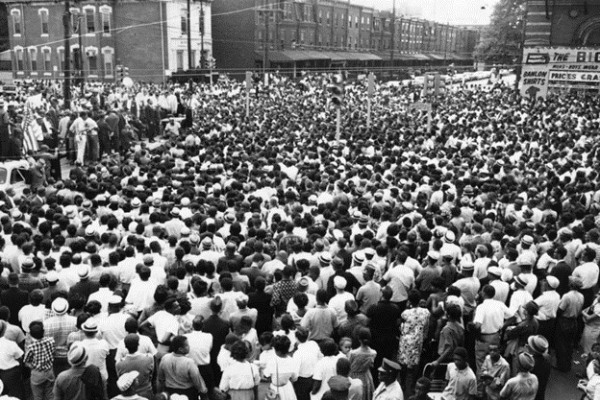
Dr. Martin Luther King, Jr. addresses over 10,000 attendees at the “Freedom Now Rally” at 40th St. and Lancaster Ave., West Philadelphia. King also held “Freedom Now” rallies in Chicago, Cleveland, and Boston.
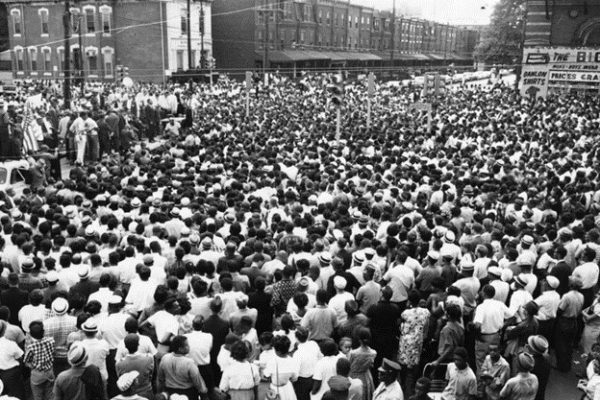
Dr. Martin Luther King, Jr. addresses over 10,000 attendees at the “Freedom Now Rally” at 40th St. and Lancaster Ave., West Philadelphia. King also held “Freedom Now” rallies in Chicago, Cleveland, and Boston.
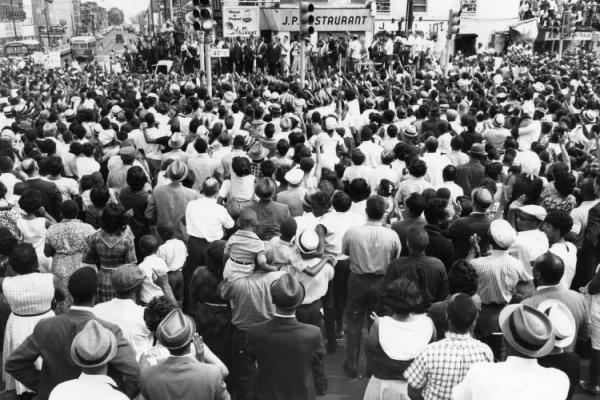
Dr. Martin Luther King Jr. addresses a rally held on the corner of 40th and Market St. in West Philadelphia. This rally took place on the same day as the mass “Freedom Now” rally held at 42nd St. & Lancaster Ave., an event commemorated by a state historical marker, mural, and bust of MLK. (See cover photo above.)
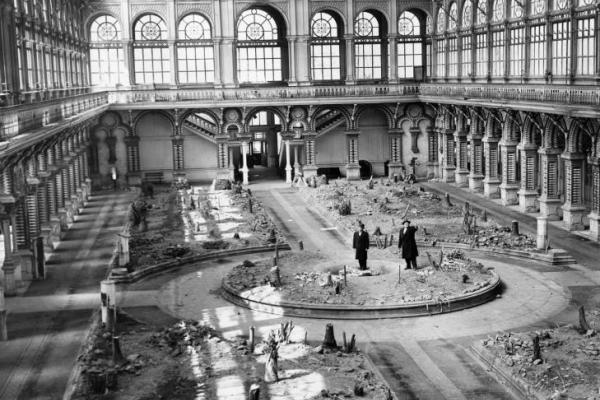
Showing an empty Horticultural Hall in the spring of 1955 shortly before its demolition

“The Audubon Theatre and Ballroom, generally referred to as the Audubon Ballroom, was a theatre and ballroom located at 3490 Broadway and West 165th Street in the Washington Heights neighborhood of Manhattan, New York City. It was built in 1912 and was designed by Thomas W. Lamb. The ballroom is noted for being the site of the assassination of Malcolm X on February 21, 1965. It has been used as a vaudeville house, a movie theatre, a synagogue, and a meeting place for trade unions and political activists. It is currently Columbia University Medical Center's Lasker Biomedical Research Center (background) of the Audubon Business and Technology Center and the Malcolm X and Dr. Betty Shabazz Memorial and Educational Center (foreground).”

Protected by volunteer bodyguards from the Fur & Leatherworkers Union, Paul Robeson sings at a microphone at the Hollow Brook Golf Club, near Peekskill. As the crowd of 15,000–12,000 concert goers left the venue, violence broke out, unleashed by disaffected World War I veterans who protested the gathering as pro-communist.
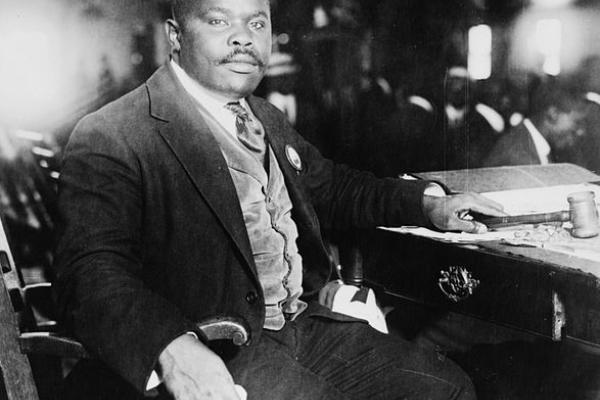
Marcus Garvey in 1924, on the eve of his deportation from the U.S. to Jamaica, where he would direct his followers until his death in 1940.

